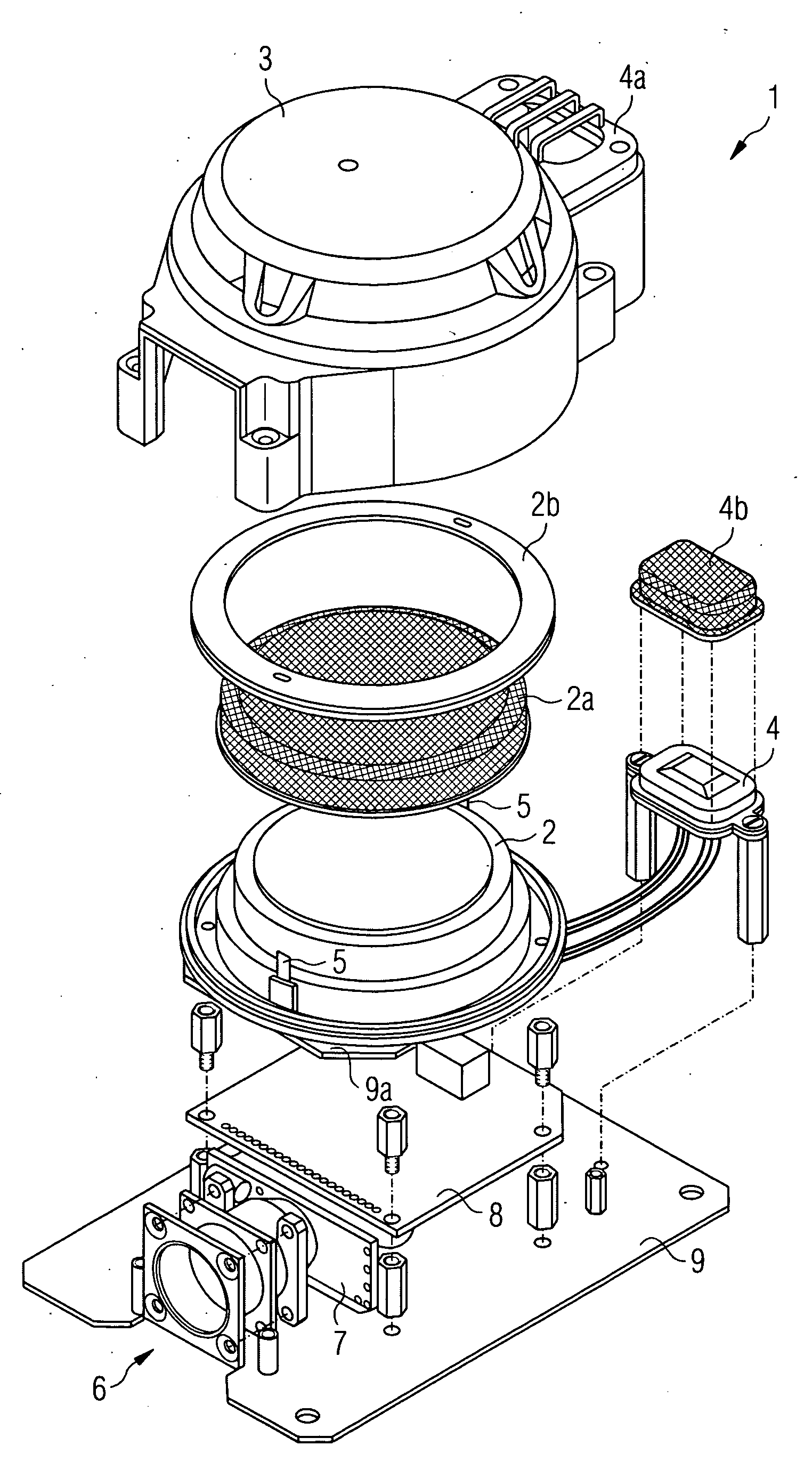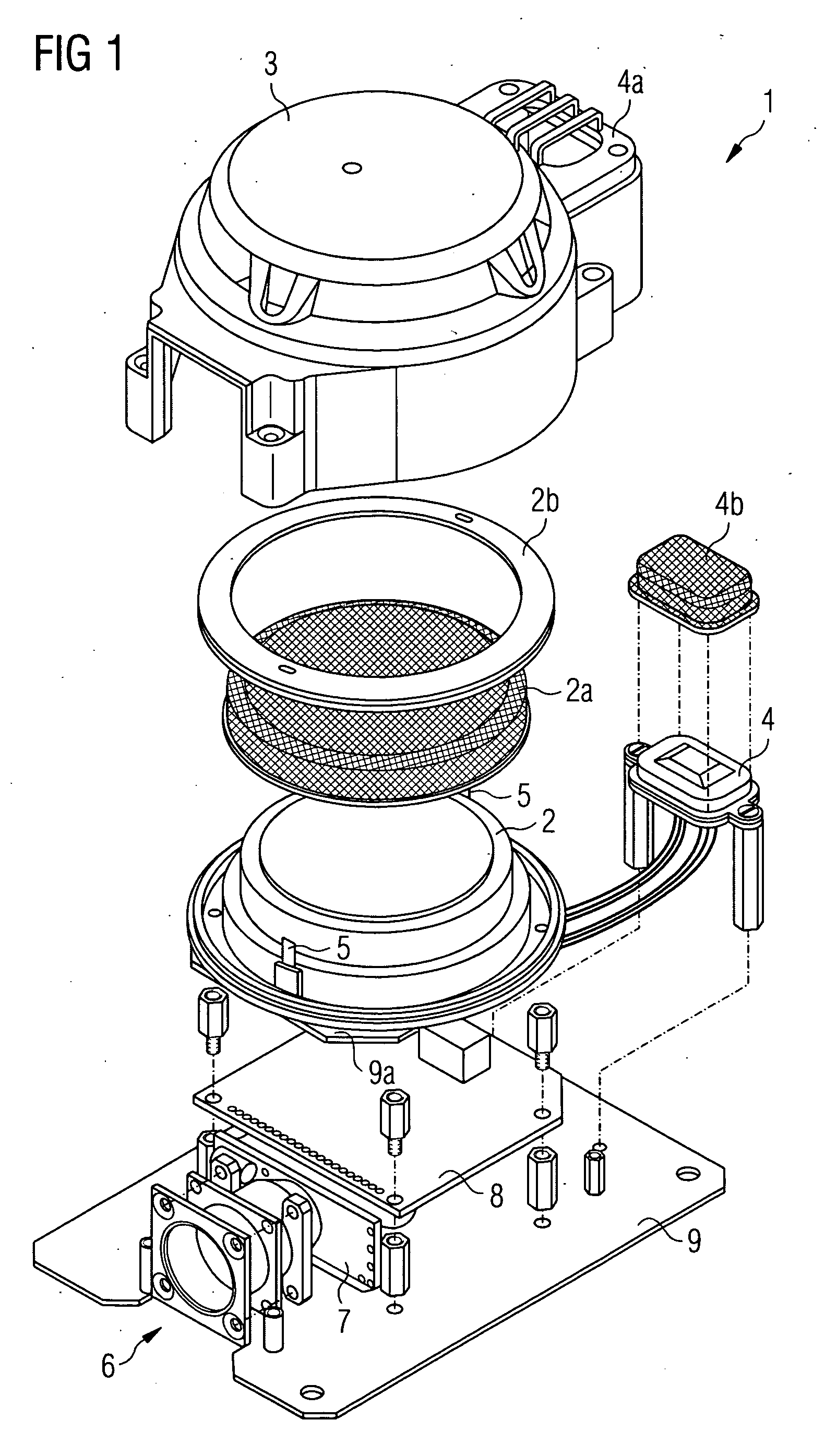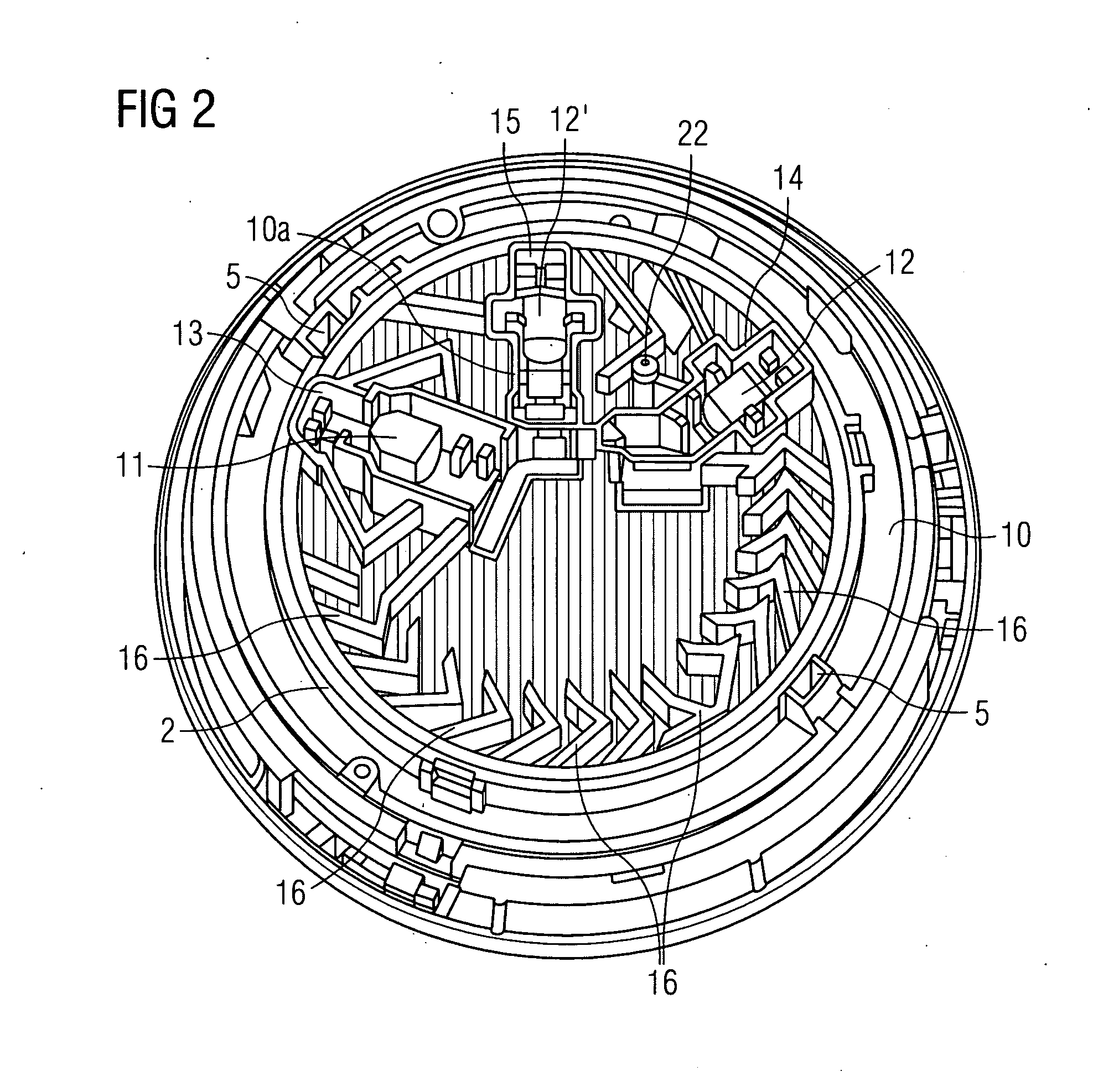Fire or Smoke Detector with High False Alarm Rejection Performance
a fire or smoke detector and high false alarm technology, applied in the direction of fire alarms, fire alarm smoke/gas actuation, instruments, etc., can solve the problems of false alarms of systems, dust suspended, formation of deceptive phenomena
- Summary
- Abstract
- Description
- Claims
- Application Information
AI Technical Summary
Benefits of technology
Problems solved by technology
Method used
Image
Examples
Embodiment Construction
[0014]The certain inventive embodiments described hereinafter generally relate to a detector and a method for detecting a hazardous condition within a structure. The detector may be installed in structures such as automobiles, trains, aircrafts, vessels, kitchens, machine rooms or hotel rooms, or on industrial sites. However, it is contemplated that the detector may be installed at any location where the risk of a hazardous condition exists and rapid intervention is required to protect people or property, or both, from harm. Exemplary hazardous conditions include fire, smoke, gas, overheat and intrusion.
[0015]FIG. 1 is a schematic exploded view of an exemplary embodiment of a detector 1. In one embodiment, the detector 1 is configured to detect excessive heat, smoke or fire, as exemplary hazardous conditions. The detector 1 includes a housing 3 mounted to a base 9. The base 9 is configured for mounting, for example, to a ceiling of a cargo compartment or a room to be monitored. Furt...
PUM
 Login to View More
Login to View More Abstract
Description
Claims
Application Information
 Login to View More
Login to View More - R&D
- Intellectual Property
- Life Sciences
- Materials
- Tech Scout
- Unparalleled Data Quality
- Higher Quality Content
- 60% Fewer Hallucinations
Browse by: Latest US Patents, China's latest patents, Technical Efficacy Thesaurus, Application Domain, Technology Topic, Popular Technical Reports.
© 2025 PatSnap. All rights reserved.Legal|Privacy policy|Modern Slavery Act Transparency Statement|Sitemap|About US| Contact US: help@patsnap.com



